Blog
Rodas Construction LLC
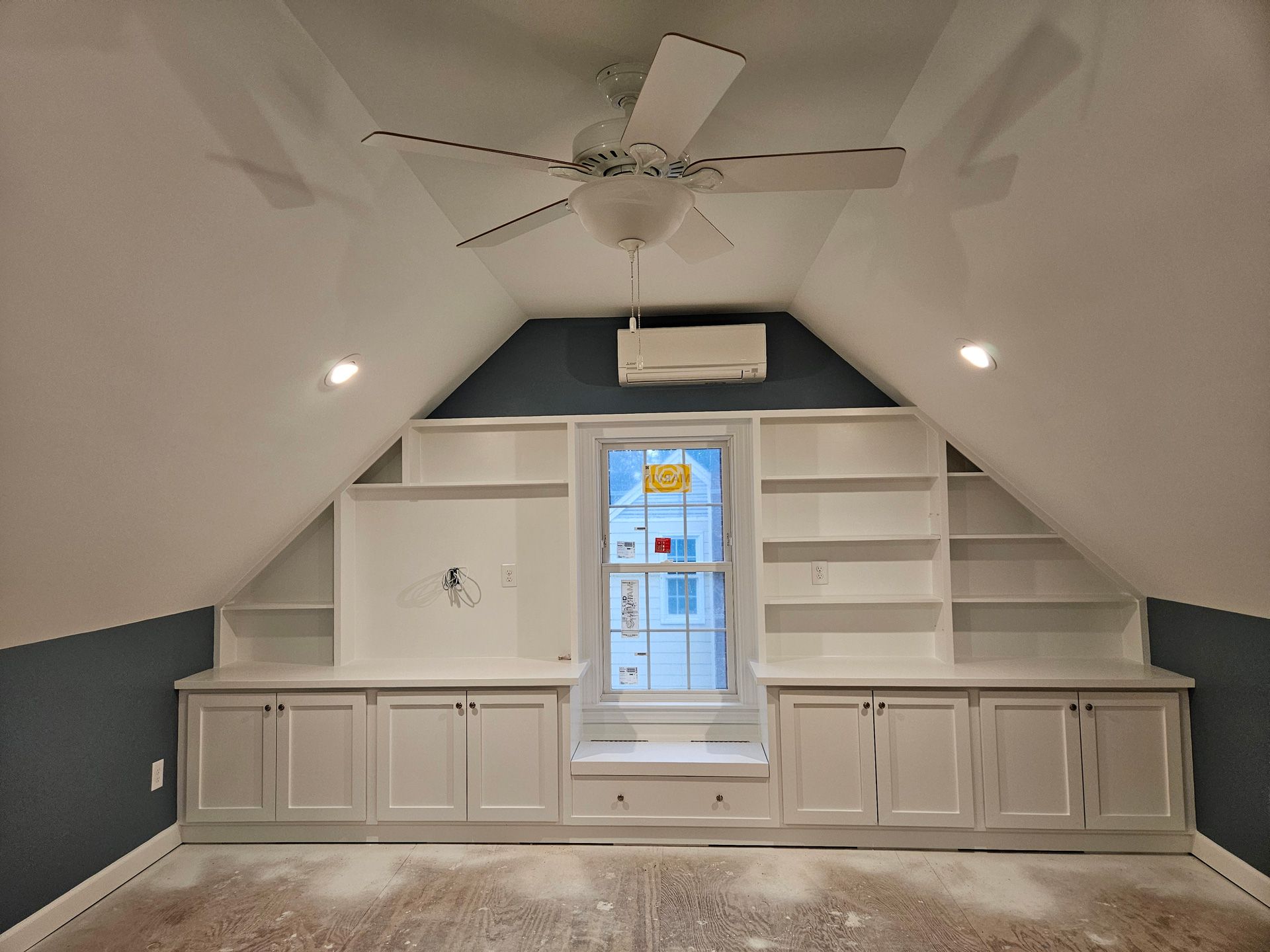
Building Space, Building Wealth: How Home Additions Add Equity When you need more living space, you have two options: move or improve. For many homeowners, adding onto their home or finishing unused attic or basement space is the smarter move—and it’s one that can deliver a big boost to your home’s value. Why More Square Footage Matters In real estate, value is often tied directly to livable square footage. The more usable space you have, the higher your home’s appraised value. Buyers and appraisers see finished rooms as functional, livable areas that justify a higher price point. That means a professionally built home addition or a finished attic or basement can translate into immediate equity—sometimes tens of thousands of dollars. Popular Options That Pay Off 1. Additions Whether it’s a family room extension, a new primary suite, or an expanded kitchen, additions can transform how you live in your home while dramatically increasing market value. A larger, more functional layout appeals to buyers and often makes your home stand out in a competitive market. 2. Finished Basements Basement space offers untapped potential. By finishing this space, you can create a media room, home office, gym, or even a guest suite. Not only does this add functional living space, but it also appeals to a wide range of buyers. 3. Finished Attics Attic space can be converted into bedrooms, playrooms, or quiet home offices. With proper insulation, ventilation, and code-compliant design, an attic conversion feels like it was always part of the original home. Return on Investment According to national remodeling data, additions and finished spaces often recoup a substantial portion of their cost—sometimes more in high-demand areas. Plus, you enjoy the benefits of the extra space while you live there, meaning it’s both a lifestyle upgrade and a financial investment. Working With the Right Team To maximize equity gains, it’s critical that your project is completed to code, designed with functionality in mind, and built with quality materials. At Rodas Construction LLC., we bring over 21 years of experience, a full-time professional staff, and a track record of satisfied clients. We handle everything—from design and permits to construction and finishing touches—so your project is done right the first time. ________________________________________ Bottom line: Adding onto your home or finishing unused space isn’t just about having more room—it’s about building lasting value. Done right, it’s one of the smartest investments you can make in your property.
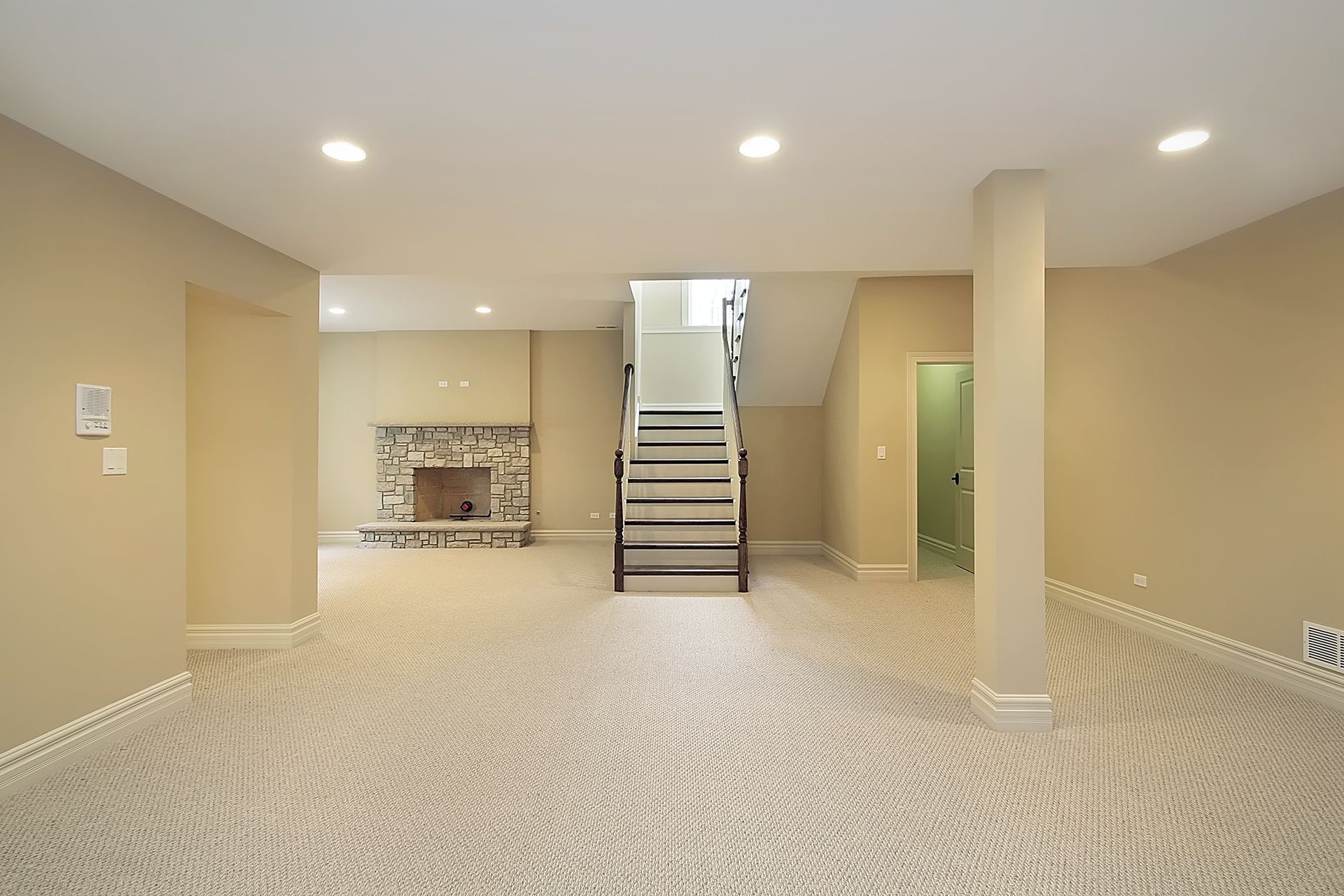
Embarking on a home remodel can be both an exciting and daunting endeavor. Whether you’re redesigning your kitchen, adding a new room, or updating your bathroom, staying within budget is often easier said than done. With unforeseen expenses around every corner, it’s critical to plan carefully to ensure your remodeling project doesn’t end up costing more than you expected. This guide provides practical strategies to help you maintain your budget and successfully navigate the home remodeling process. Establishing a Realistic Budget Before you begin any remodeling project, it is essential that you establish a clear and realistic budget. Start by determining how much you are willing to spend, and consider your overall financial situation, expected costs, and the potential value the remodel will add to your home. Researching the materials, fixtures, and upgrades you want can give you a ballpark figure to work with. A well-defined budget provides a financial framework that keeps your project on track. Many homeowners work with general contractors at this stage to get accurate cost estimates and ensure that no major line items are overlooked. By taking the time to set a solid budget up front, you reduce the risk of costly surprises later. Prioritizing Needs Over Wants Once you have a clear budget in place, take a close look at your remodeling goals and prioritize them. Create a list of “needs” and “wants” to clarify which elements are non-negotiable and which ones could be postponed or scaled back if needed. For example, replacing an outdated electrical system or addressing structural issues should take priority over adding decorative features. This approach helps you stay practical and ensures that essential aspects of your remodel are addressed first. General contractors often recommend this exercise to clients because it allows them to focus resources on the most critical improvements while keeping optional upgrades flexible. Securing Multiple Contractor Quotes When it comes to labor and materials, obtaining multiple quotes is one of the best ways to ensure you are getting the most value for your money. Don’t simply settle on the first contractor you come across. Instead, reach out to several general contractors for bids. This process helps you gauge the competitive rate for your project and puts you in a stronger position to negotiate. Pay attention not only to the total price but also to what is included in the estimate. Materials, labor quality, and warranties can vary significantly. Choosing the right contractor is about more than just cost; it’s about finding a balance of fair pricing, reliable expertise, and high-quality craftsmanship. Allocating a Contingency Fund No matter how carefully you plan, unexpected issues can and often do arise during a remodel. According to This Old House, it’s recommended to reserve at least 10% of your total remodeling budget for unforeseen issues or changes in plans. Common surprises include hidden water damage, outdated wiring, or delays in material shipments. Setting aside this contingency fund prevents these challenges from derailing your entire budget. By preparing for the unexpected, you give yourself financial flexibility and peace of mind. Experienced general contractors almost always encourage homeowners to include this buffer in their financial plan to avoid unnecessary stress. Communicating Clearly with Contractors Strong communication is a vital part of staying within budget. From the very beginning, ensure you clearly outline your expectations, goals, and financial limitations with your chosen general contractors. Misunderstandings or vague instructions can easily lead to additional costs or delays. Regular check-ins and open dialogue throughout the remodel will help ensure that both parties stay on the same page. This also makes it easier to address small issues before they snowball into major, budget-busting problems. Maintaining your budget during a home remodel requires a combination of careful planning, thoughtful prioritization, consistent tracking, and open communication. By establishing a realistic budget, focusing on needs over wants, gathering multiple quotes, setting aside a contingency fund, tracking expenses diligently, and maintaining clear communication with your contractors, you can guide your project to success. The right strategies, paired with the guidance of experienced general contractors , will allow you to enjoy your updated home without financial stress. If you’re planning a remodel, start preparing your budget today and take the first step toward transforming your living space—without breaking the bank. Ready to begin your remodel? Contact Rodas Construction LLC today to turn your vision into reality while keeping your budget on track.
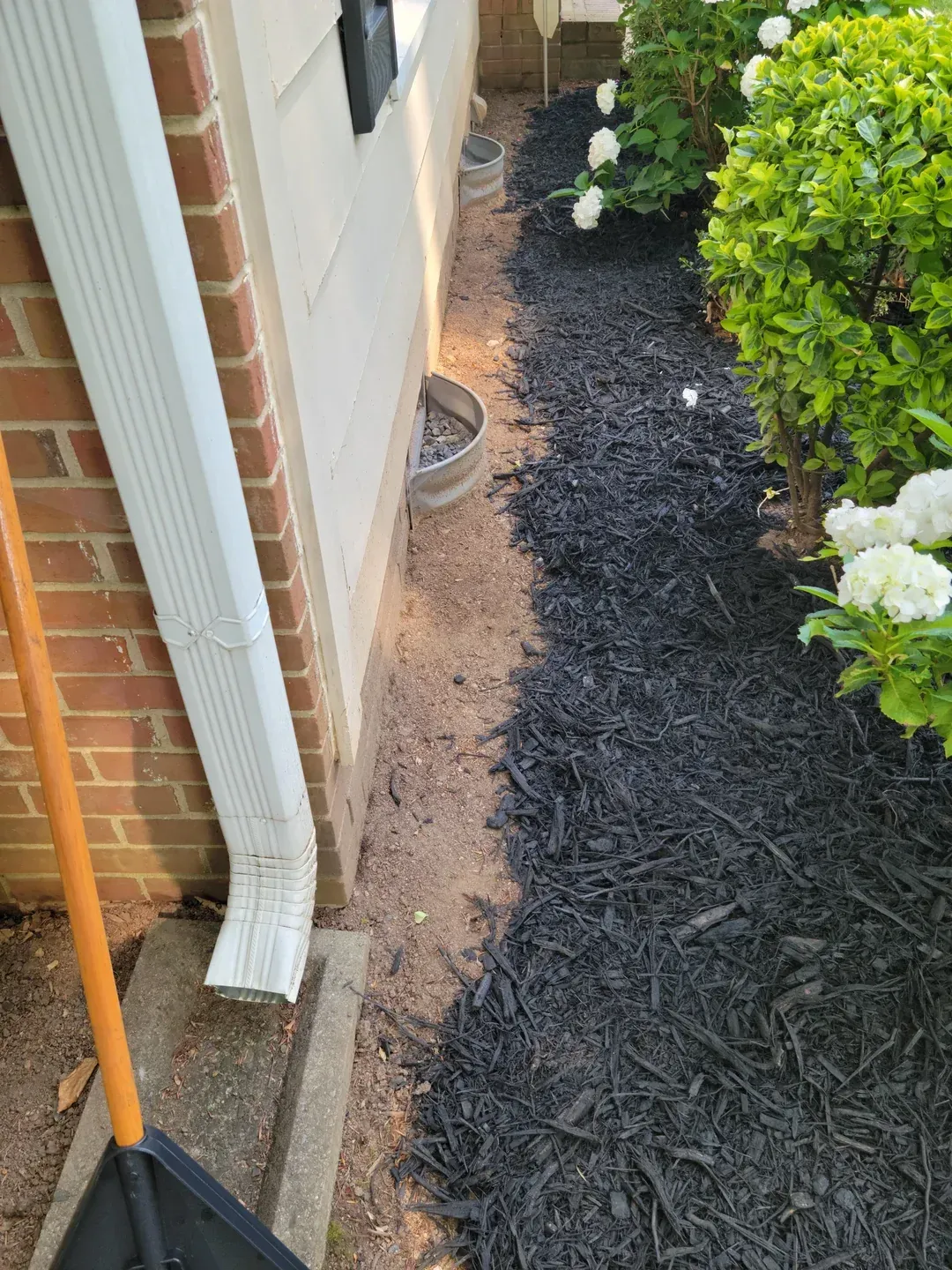
Keep Your Foundation Happy (and Your Shrubs at a Safe Distance) Your home’s foundation is like the unsung hero of your property. It quietly holds everything up, never complains, and doesn’t get the glory the kitchen or bathroom remodel gets. But if you mistreat it? Let’s just say things can get… cracky. One of the biggest threats to your foundation’s happiness is too much “up close and personal” attention from ivy, mulch, and shrubbery. Sure, plants look great, but when they cozy up to your foundation, it’s like inviting trouble to move in—rent-free. Ivy may look romantic climbing up walls, but it’s basically nature’s pry bar. It wedges itself into cracks, holds moisture against your home, and encourages bugs to throw wild parties behind the scenes. Mulch is great in the garden, but piled high against your foundation, it traps moisture right where you don’t want it. Over time, this can lead to rot, mold, and that sinking feeling—literally. Shrubbery adds curb appeal, but those roots aren’t just hanging out for fun. They can shift soil, mess with drainage, and give your foundation a not-so-gentle nudge. The Fix? Give Your Foundation Breathing Room • Keep at least 12–18 inches of space between your foundation and plants. • Use mulch sparingly and never pile it higher than 2–3 inches. • Choose plants with shallow root systems if they’re near your home. • Check grading to ensure water flows away from your foundation, not toward it. A little distance now means fewer headaches later. Your foundation may never send you a thank-you card, but it will keep standing strong—and that’s worth more than all the roses in the world.

Your home’s exterior is more than curb appeal—it’s the first line of defense against the elements. Sun, wind, rain, and seasonal temperature changes can take a toll on siding, roofing, paint, and other exterior features. Regular maintenance not only keeps your property looking its best but also helps you avoid expensive repairs in the future. 1. Extend the Life of Your Materials Siding, roofing, and paint all have a lifespan. Dirt buildup, mold, and moisture can shorten it. Simple steps—like pressure washing siding, cleaning gutters, and checking caulking—can add years to your home’s exterior materials and delay costly replacements. 2. Prevent Costly Water Damage Water is one of the most destructive forces to a home. Clogged gutters, damaged flashing, or missing shingles can allow leaks to form. Over time, water intrusion can cause rot, mold growth, and structural damage. Routine inspections after storms and seasonal changes can catch small issues before they become major repairs. 3. Boost Energy Efficiency Gaps in siding, worn weatherstripping, or deteriorating windows can lead to drafts and higher energy bills. By maintaining these components, you improve insulation, reduce heating and cooling costs, and keep your home comfortable year-round. 4. Preserve Your Home’s Value A well-maintained exterior keeps your property value strong. Whether you plan to sell soon or years down the road, buyers are drawn to homes that look cared for and require minimal immediate work. Regular upkeep can make the difference in getting top dollar. 5. Maintain Safety Loose railings, cracked walkways, and damaged steps can pose hazards to family and visitors. Addressing these issues promptly reduces risk and liability. Partner with Professionals While many upkeep tasks can be handled by homeowners, others require expert attention. At Rodas Construction, we provide inspections, repairs, and upgrades to help protect your investment. Our experienced team can identify problems early and offer solutions that fit your budget and goals. ________________________________________ Bottom line: Exterior maintenance is not an expense—it’s an investment in your home’s longevity, efficiency, and value. Make it part of your seasonal routine, and you’ll protect one of your most important assets for years to come.
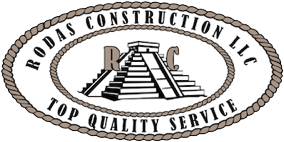
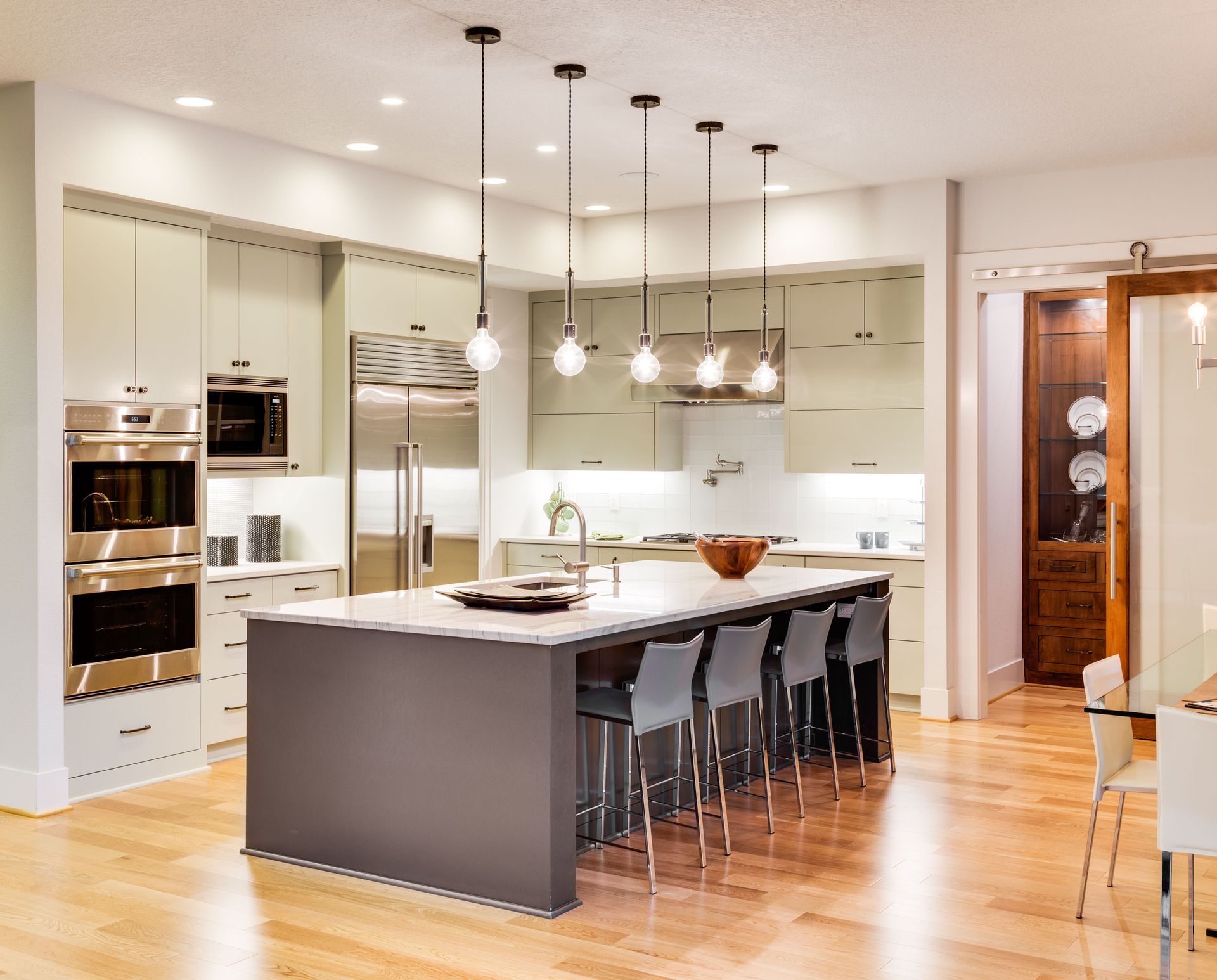
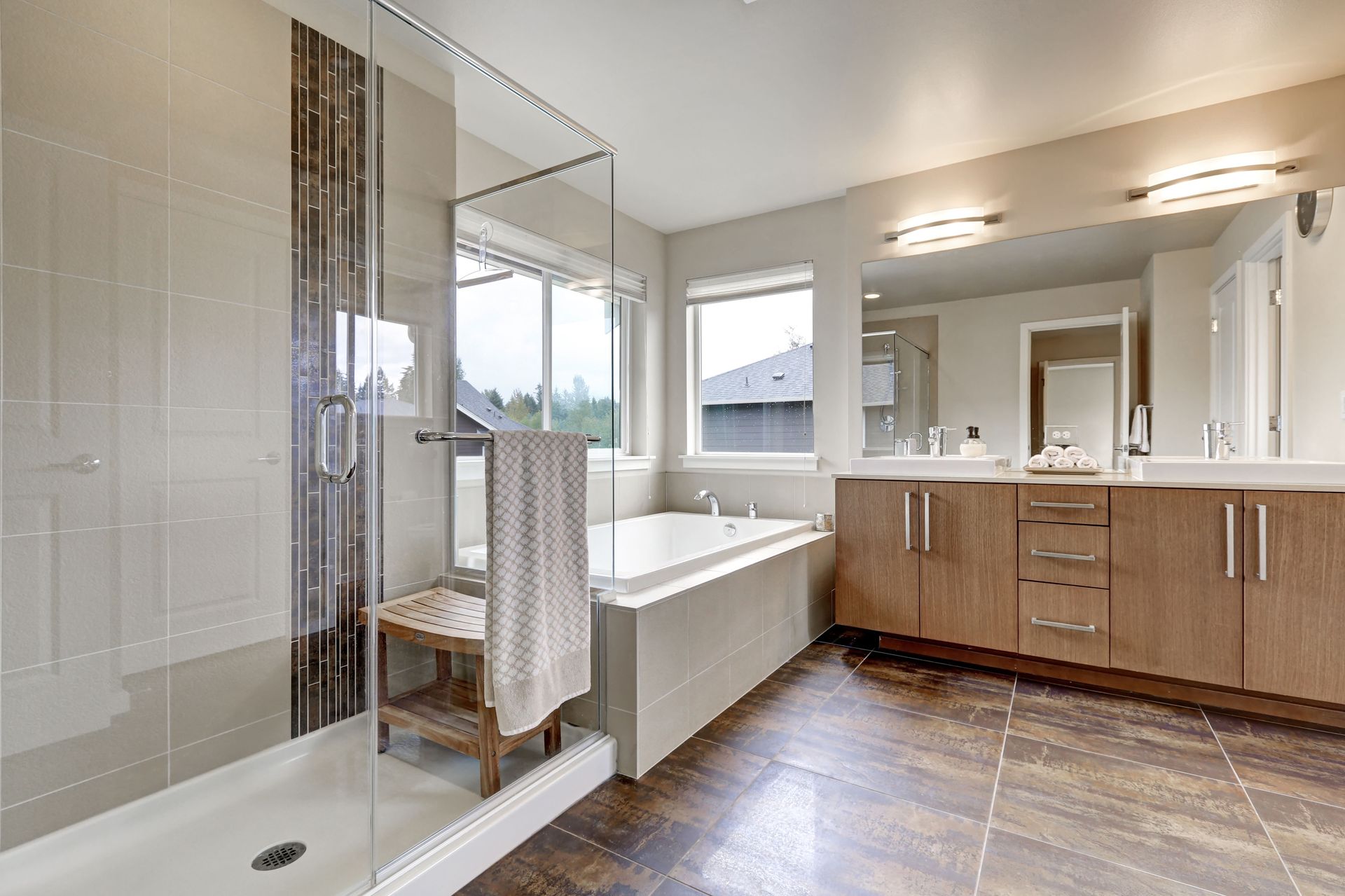
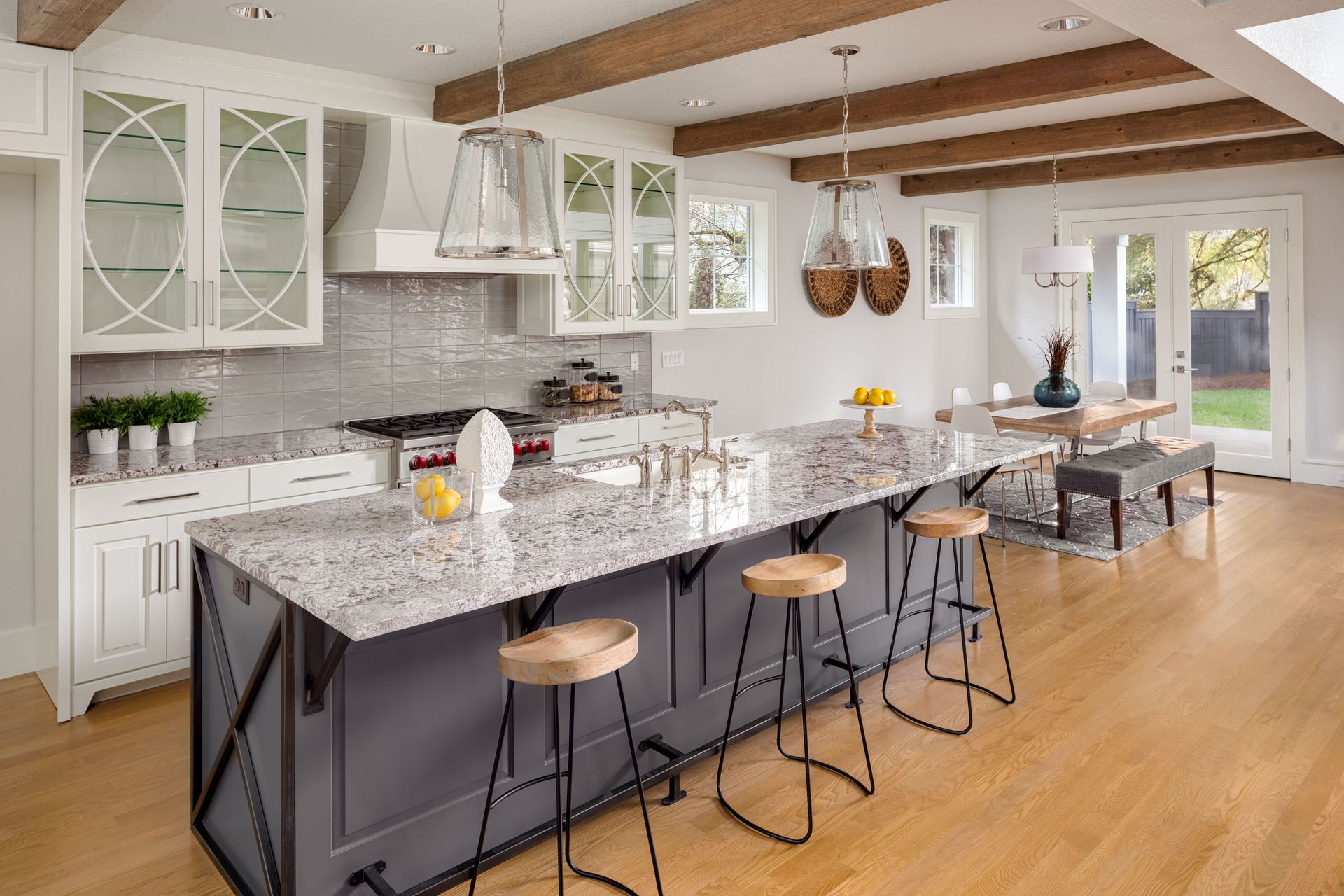
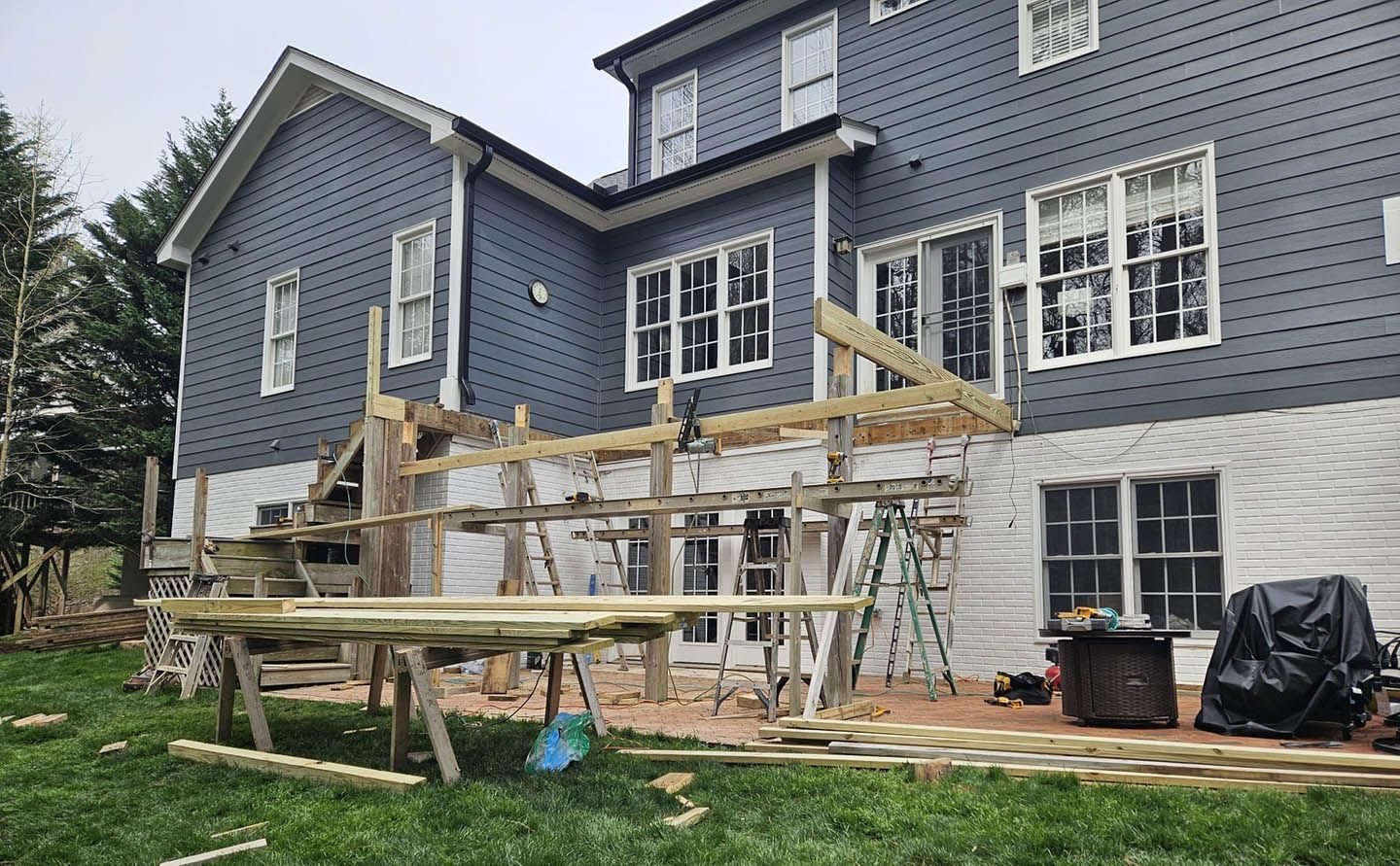
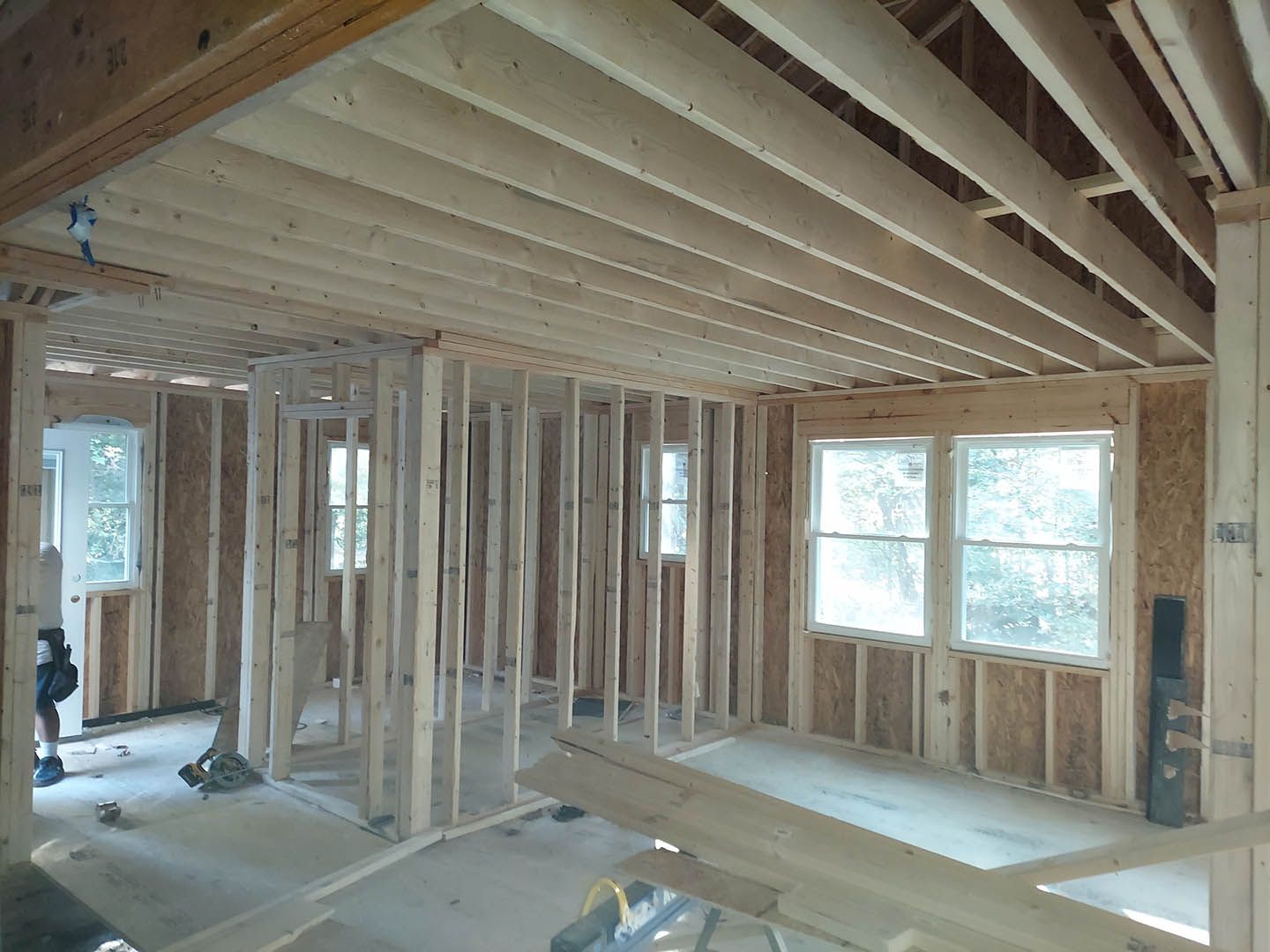
Share On: